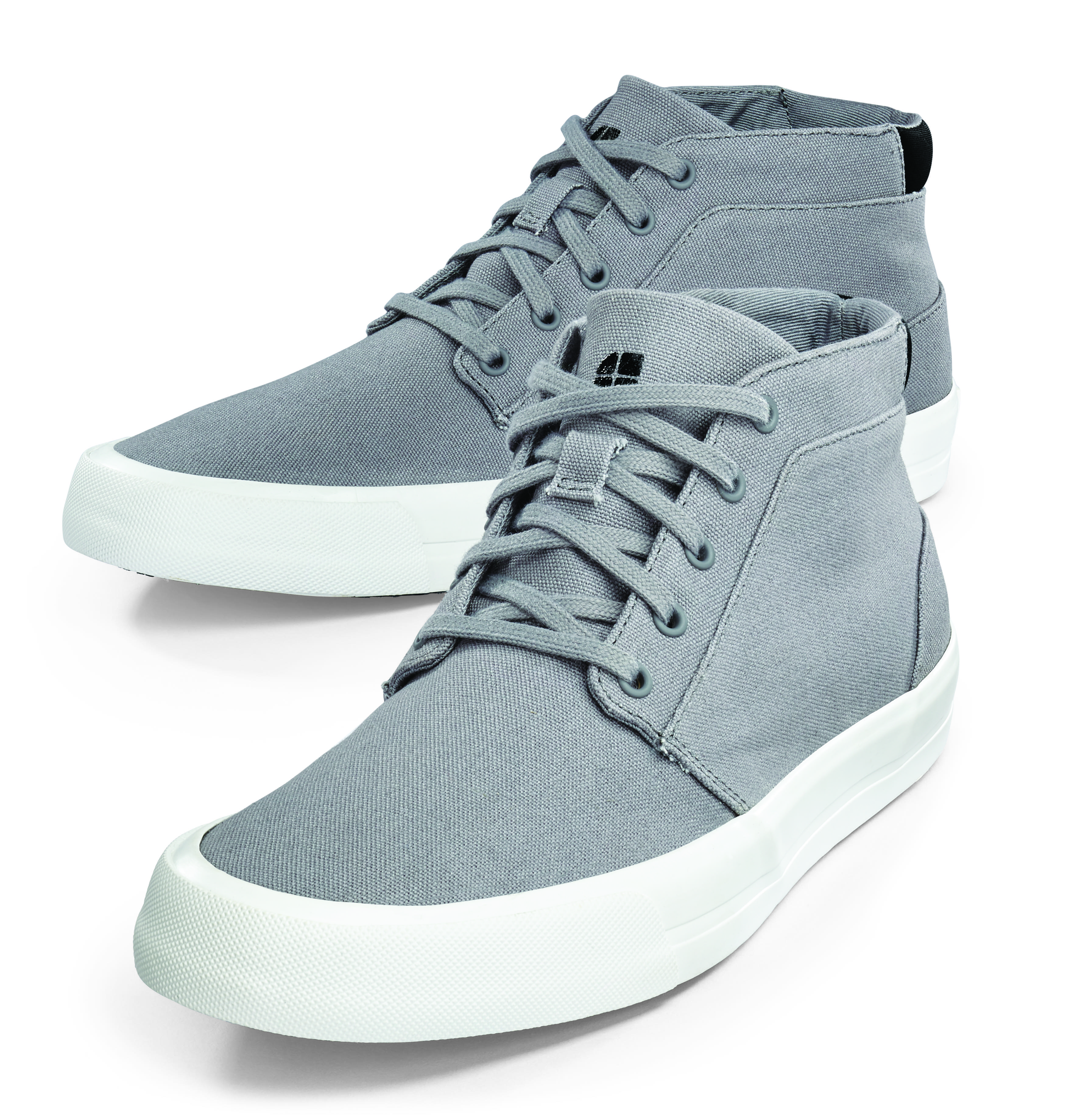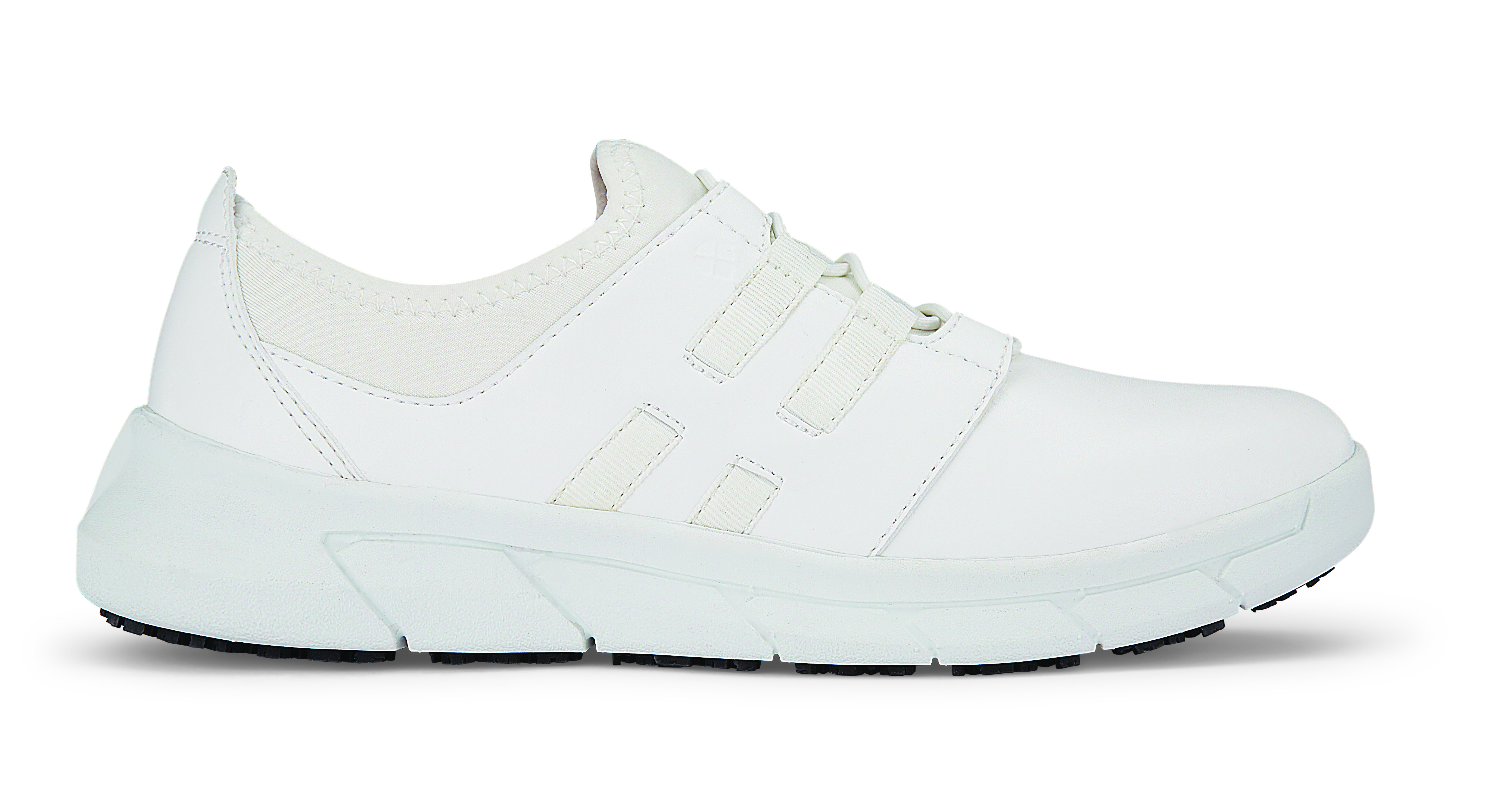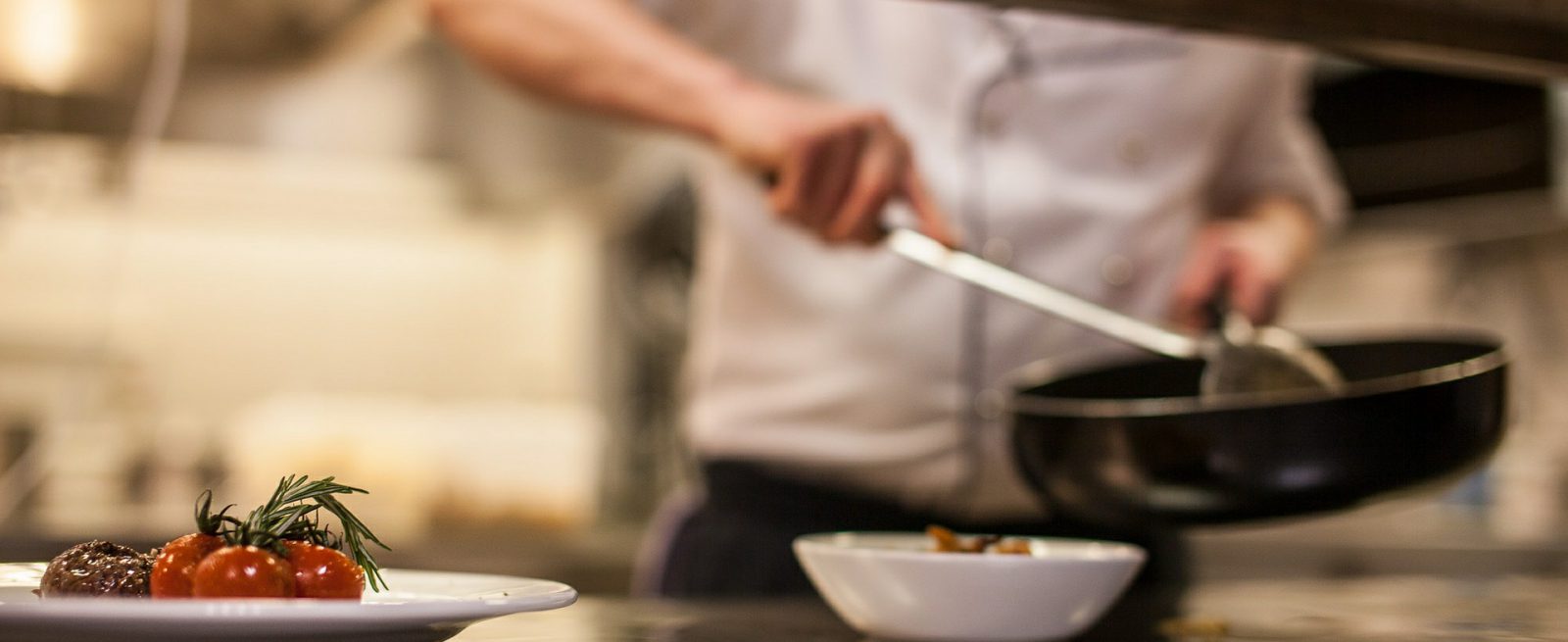MRM Talking With: Stuart Jenkins of Shoes For Crews
6 Min Read By MRM Staff
Hard, heavy and ugly.
Those are the most common descriptors for work shoes. Shoes For Crews new CEO and Chief Innovation Officer Stuart Jenkins saw an opportunity to bootstrap the safety shoe category by launching a new collection of footwear designed to not be hard, heavy and ugly. The company employed smart technology to find a balance between function and fashion. And Jenkins added an overarching mission: to get people home safe.
In this edition of MRM Talking With, we go toe to toe with Jenkins who bares his “sole” on all things footwear and what he learned from being Nike’s first-ever intern.
What was the process of revitalizing safety shoes?
I can tell you that this process was intentional—we decided that we were no longer going to be satisfied with making slip resistant shoes that were hard, heavy and ugly. It’s a matter of respect for people who work, and for our own experience as a design team in developing great footwear.

Do you think there will be an attitude adjustment for those used to “hard, heavy and ugly” products?
Absolutely—our customers are going to be surprised and delighted. Time after time I’ve been asked why work shoes can’t look and feel like “regular shoes.” Well, work shoes ARE regular shoes that happen to be functional and life-saving and have slip resistant outsoles, so we’re making those now. You don’t have to hide them in a locker when you leave work. Our customers’ needs and desires are ahead of the industry, and Shoes For Crews is simply responding to what they’ve asked for. Their requests are normal, reasonable, doable, smart and commercial.
What is the origin story behind the mission “to get people home safe?”
After reading testimonial after testimonial about the fact that when companies reduce slips and falls by 75 percent- 80 percent when they replaced “generally available” slip resistant shoes with the Shoes For Crews brand, it was obvious.
Time after time, I am asked why work shoes can’t look and feel like ‘regular shoes.’
Our mission as a brand is tied to our function as product—we get working people home safe.
Personally, I have enjoyed a long career in footwear and enjoyed being a part of making shoes that made life more fun, running more enjoyable, walking easier on the feet, etc. But at Shoes For Crews we are about making life possible. People fall less because of Shoes For Crews product. People get hurt less because of Shoes For Crews product. People in catastrophic accidents at work may not die because they are wearing Shoes For Crews product. That’s why we own the outsole factory – we control every single ingredient that goes into our slip resistant outsoles. And we’re the only slip resistant footwear company that does own its own outsole factory. We don’t outsource safety; we own it.
What are some specific characteristics of the new designs that you expect will appeal to the restaurant community?
These are shoes that have every advantage of premium performance brands: they are trend-right, lightweight, cushioned and comfortable. These are shoes that happen to have a slip resistant outsole; they are not ‘work shoes’ built like therapeutic shoes that are hard, heavy and ugly.
We’ve gone even farther with the technology built into the shoes—things like TripGuard to help restaurant workers transition from smooth to carpeted floors without tripping; SpillGuard that protects the forefoot from hot liquids; and ZoneTraction that puts the right kind of traction under the parts of the foot that need it most and function in varying flooring situations. It’s smart technology but it doesn’t detract from how good looking and comfortable the shoes actually are.
What kind of response have you received, particularly from the restaurant industry?
“THANK YOU!”
“It’s about time someone made good looking shoes for us.”
“They don’t look like work shoes!”
Those are actual quotes from customers so clearly we’re doing something right in deciding to make stylish, comfortable shoes for people who work.

How important is price point in this category?
Price points are important, but value is critical. Price is what you pay and value is what you get. At every price point we need to offer the best value. What our customers will get at every price point is the best combination of traction technology, style, comfort, and durability. Our entry-level product at $30 respects the hard-working individual who is on a tight budget. Every price point is thoughtful in delivering value, so if you go to $40, you’ll see an increase in features, and the same if you go up to higher price points—but no matter the price, the fundamental Shoes For Crews value is built into each product.
Why is this such a game-changer for the safety shoe category?
First, this is the most comprehensive line of slip resistant footwear in the market. No other company offers the range of categories and styles within category that we do. From Casual to Dress, Athletic to Industrial Strength, we are purpose built from top to bottom.
I know that as a leader, my job is to break the stupid rules that bureaucracies so love.
Second, ZoneTraction is a completely new approach to insuring that people working in contaminated environments have the best traction solution possible. This completely contradicts the industry’s old approach that “one size fits all.” One single traction pattern across an entire collection can never offer the best solution of varying environmental conditions or hazards. It’s just not possible.
Third, there are more than a dozen new elements of safety that we’ve innovated for the line we’re launching now, and will continue to innovate. From TripGuard and FlexTread to Hoverlite cushioning and SpillGuard, we are out-innovating our competition and taking the category up into performance footwear.
Fourth, the Shield of Safety that is on every one of our products allows managers and organization leaders to quickly identify if their team members are wearing the safest slip resistant shoes on the market. We can’t protect people if they are not in the right shoes. Our customers know this and love the quick visual feature.
Fifth, we have a new heel shape on many of our new shoes which allows us to get more rubber to the back edge of the heel – where most slips start to occur. Thus, the shape has changed to improve safety.
Top to bottom we are purpose built to get you home safe. I don’t have any doubt that this is the most thoughtful, innovative approach to slip resistant work footwear ever presented in one line at one time.
How are you building awareness for the product line?
We have built a brand new website for consumers; we send out millions of catalogs and back room posters every year, and we continue to work with companies around the world that are invested in protecting their employees and mitigating slips and falls. We do this through corporate programs that make it easy for workers to order slip resistant shoes ideal for their work environments and the requirements of their employers. We’ve just launched a new marketing campaign as well, and we will continue to educate on the value of choosing shoes that get you home safe, no matter what your job.
What did you learn as Nike’s first-ever intern?
I learned that culture matters. The cultural commitment to the products and market are central to building a great company. When I was a Nike intern, I was also training for the Boston Marathon in my attempt to qualify for the Olympic Time Trials. I would get up early every day and run 10 miles or so in the dark, and when my manager found out, he told me to run at lunch. I responded that I couldn’t run as far as I needed to for my training during a one-hour lunch break, to which he replied, “Nike is a running company. You run as long as you want at lunch or I will fire your ass!”
Phil Knight ran every day at lunch too. He would always be wearing a different shoe, and I learned that leaders need to be intimately familiar with the products their company makes—quality, comfort, functionality all have to be tested by leaders.
I also learned that if you want something badly enough, you better find a way to make it happen. After writing to Nike’s HR department and getting turned down for my request to have an unpaid internship, I sent a letter directly to Phil Knight. He made it happen. Now I know that as a leader, my job is to break the stupid rules that bureaucracies so love.
What does “Shoes for Crews” mean to you?
It’s the name of a footwear brand that was created to get working people home safe. There’s no perfect shift except the one that gets you home safe, and the crews who do the heavy lifting, the making, the serving, the cooking and the cleaning are our crew. We make shoes for them.


